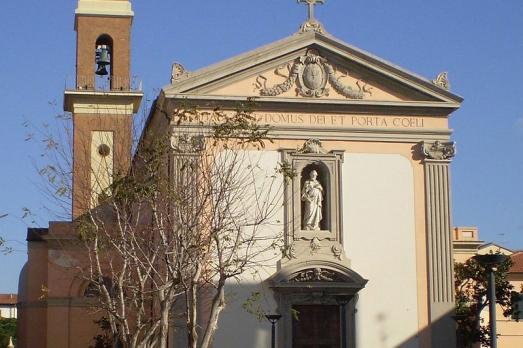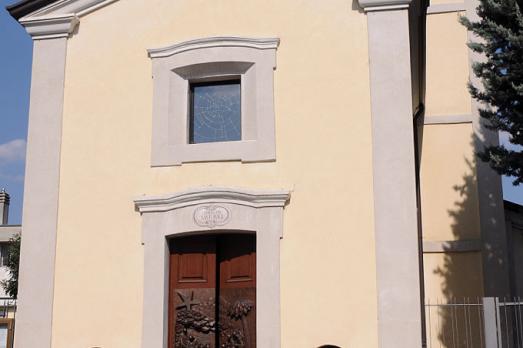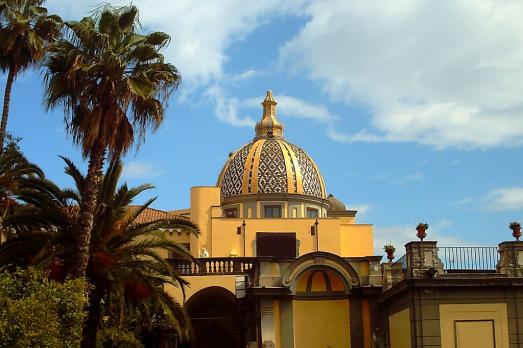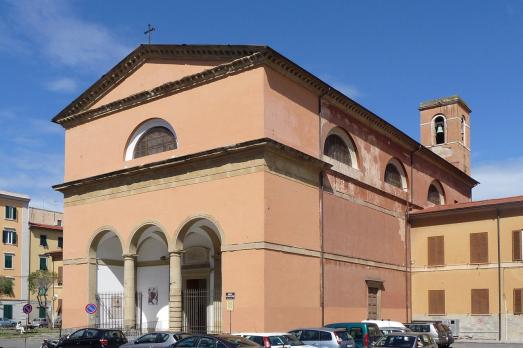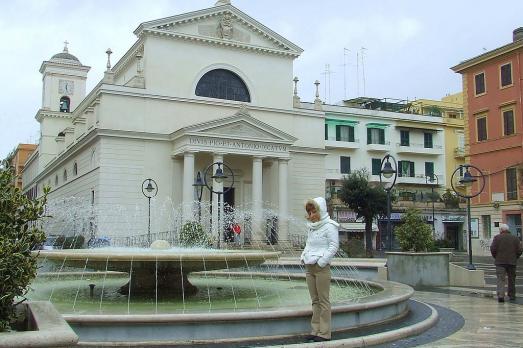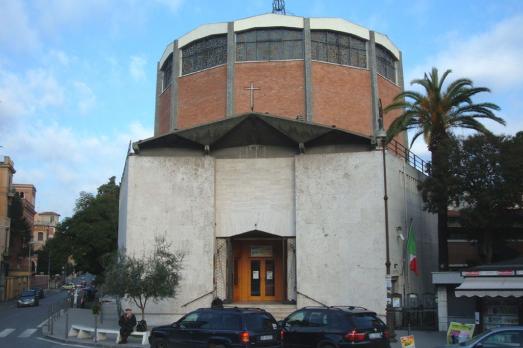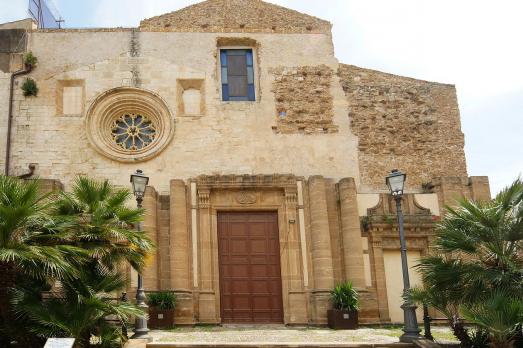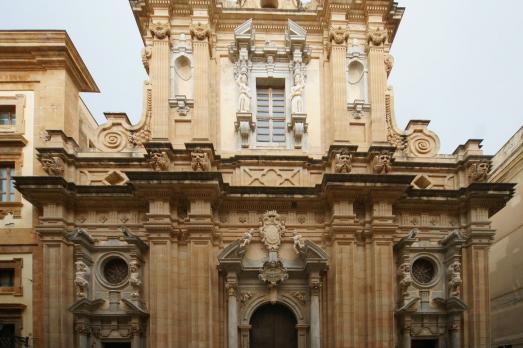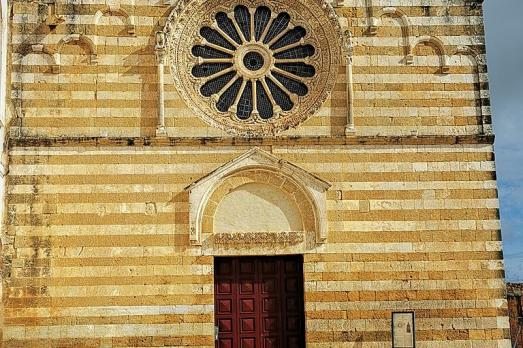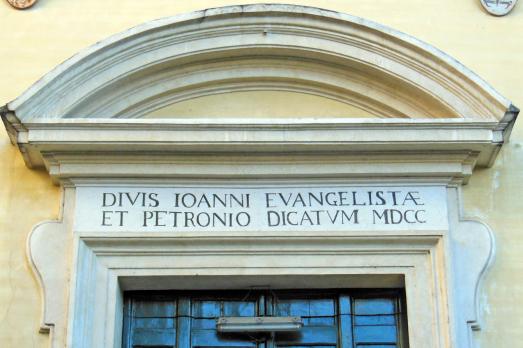
Chiesa dei Santi Giovanni Evangelista e Petronio
Roma, IT
The Church of Saints John the Evangelist and Petronius dates mainly from the 16th century when the architect Ottaviano Mascherino rebuilt the church that had been dedicated in 1582 to the patron saints of the city of Bologna. The façade is a later work from the 17th century.
